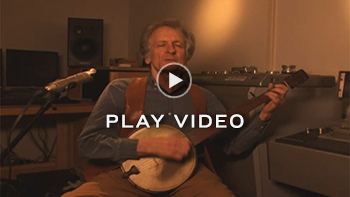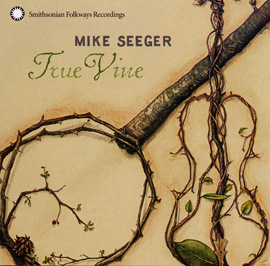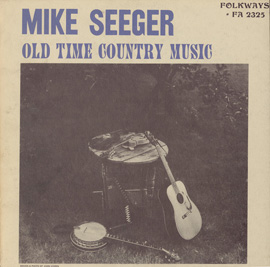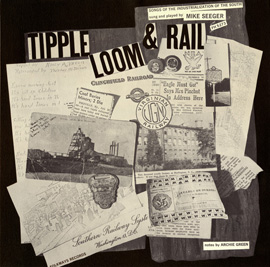Summary
Students will use Mike Seeger’s performance of “Josh Thomas’s Roustabout” as a gateway to exploring vocal expression within a limited-tone sequence. Students will (1) critically discuss the relationship between the voice and accompanying instruments, (2) compose their own limited-tone songs, accompanying themselves on Orff Instruments, and (3) improvise within a limited-tone sequence on recorders (optional).
Suggested Grade Levels: 4-8
Country: United States
Region: Southwest Virginia
Culture Group: Folk, Appalachian Vernacular
Genre: Folk Music and Modern Art Music
Instruments: Banjo (recording), barred Orff Instruments (in classroom)
Language: English
Co-Curricular Areas: Language Arts
National Standards: 1, 2, 3, 4, 6, 8, 9
Prerequisites: Familiarity with barred Orff Instruments, recorder pitches B, A, G, E (for lesson segment 3 only).
Objectives:
- Listen critically to lyrics
- Become acquainted with the banjo as an instrument with a multicultural history
- Aurally identify a melody and transfer it to instruments
- Create and perform original songs using limited tones
- Improvise within a limited range
- Evaluate personal work processes and class performances
Material:
- Barred Orff Instruments
- Recorders (optional)
- Pencil and paper for each student
- Recording of “Josh Thomas’s Roustabout” found on Classic Banjo from Smithsonian Folkways (catalog no. SFW 40209), originally from Mike Seeger’s Southern Banjo Sounds (SFW 40107)
Lesson Segments:
- Critically discuss the relationship between the voice, lyrics, and banjo accompaniment
- Compose limited-tone songs using “lyric starters”
- Improvise within a limited-tone sequence while listening for the A-sections and B-sections of a piece (advanced)
1. Critically discuss the relationship between the voice, lyrics, and banjo accompaniment
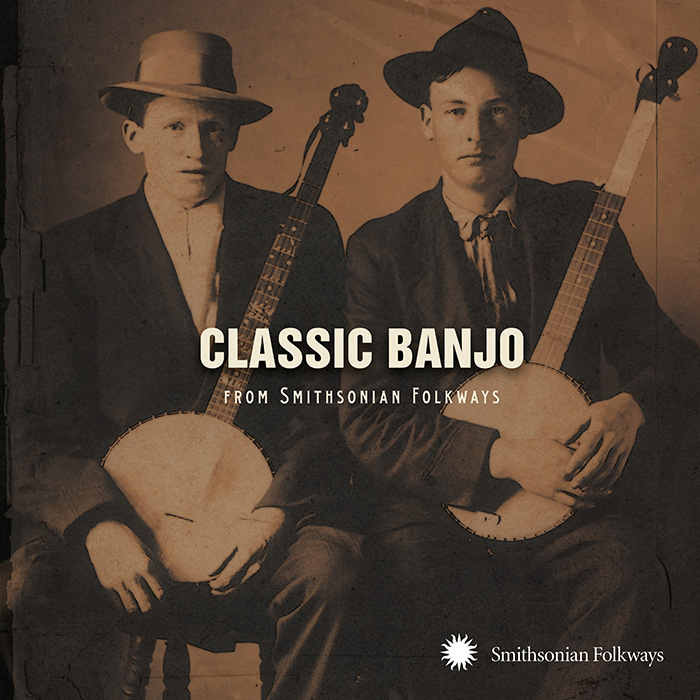
“Josh Thomas’s Roustabout”
from Classic Banjo from Smithsonian Folkways (2013) | SFW40209
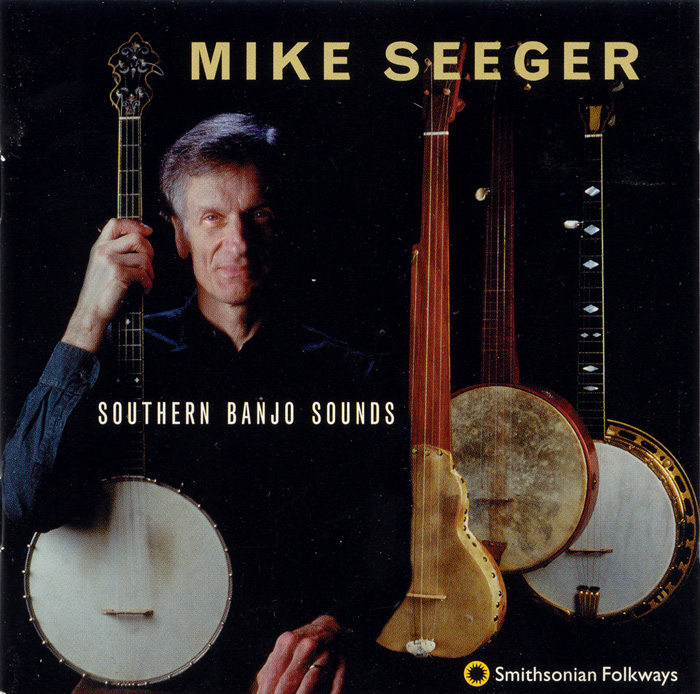
“Josh Thomas’s Roustabout”
from Southern Banjo Sounds (1998) | SFW40107
- Allow students to listen to the recording of “Josh Thomas’s Roustabout”
- Provide a lyric sheet if appropriate for your classes (available in lesson resources). Discuss any lyrics or phrases you feel may confuse your students or review words they may not know (e.g. jaybird).
- During a second listening of the recording, ask students to allow their hands to rise and fall as they hear the pitches of the melody changing. Ask: “What did you notice about the movement of your hands as you were listening to the melodic shape?” (Answer: The melody is most often descending and repetitious.)
- Use any or all of the following questions to help start a discussion among your students:
- What topics are covered in the lyrics? Why might the vocalist sing about those things? How does the storyteller use fantasy and exaggeration in the lyrics? (e.g. The cow was so large that it took a bird 18 years to fly from one horn to the other.)
- What do you notice about the beat of the music in this performance? Can you tap a steady beat to this performance? How does the performer “play” with the rhythm of the lyrics and the phrasing in the banjo part to create an artistic performance?
- What instrument is the performer playing? (Banjo. See liner notes for Classic Banjo from Smithsonian Folkways [SFW40209] for an essay that describes the banjo’s multicultural history, “The Banjo’s Distant Past and Our Recent History,” pp. 9-13).
- Does this banjo sound similar to or different from other banjos that you have heard? (For example, this banjo is tuned lower than a modern banjo used in bluegrass music. Compare Mike Seeger’s performance with that of Bill Keith’s “Bluegrass Breakdown,” track 30 on SFW 40209, and you may be able to hear the difference).
- What kind of music and performers do you usually associate with the banjo? Take this opportunity to share some basic information about the banjo’s multicultural history.
- The banjo was developed by enslaved Africans in the Caribbean and North America.
- It was based on one or more West African traditions, but its current form did not come directly from Africa. Its early incarnation combined West African features (e.g. gourd bodies and plucked strings of different lengths) with some features of European instruments that the slaves encountered (such as flat fingerboards and tuning pegs, as on guitars). See Historical Pictures of Banjos, p. 5. To view images of historical gourd banjos, see banjopete.com.
- In early colonial writings and artistic renderings, the banjo was known as an exclusively African American instrument.
- By the 1830s-1850s, the banjo became commercialized in American popular music through the theatrical performances of blackface minstrelsy and was then transported and played around the world.
- On this recording, Seeger is playing a reproduction 1850s five-string banjo. Like other modern five-string banjos, this instrument has four long strings and one short thumb string on the side of the neck. The banjo that Mike Seeger is playing is a fretless instrument, modeled after an early commercial banjo maker named James Ashborn, who lived in Connecticut. Historically, this banjo would have been tuned a 3rd (eAEG#B) to a 5th (cFCEG) below modern banjo tunings such as gCGBD. In this recording, Seeger’s banjo is tuned eAEGB, where the second string is lowered from a G# to G natural.
- What would this song sound like without the banjo? How does the banjo add interest to the performance? (For example, the banjo complements the voice; it adds a counterpoint and a musical foundation for the singer, e.g. ostinato). What happens in the banjo part between the verses of the song?
2. Compose limited-tone songs using “lyric starters”
- Provide barred instruments for the students. Remove bars according to age level and experience (needed pitches are E, G, A, B). Ask students to play the melody (available in lesson resources). Allow students to familiarize themselves with the melody by singing a few of the verses as a class.
- Provide the students with a sheet of “lyric starters” based upon the verses of Banjo Roustabout (available in lesson resources). Ask students to compose lyrics for their own songs using these lyric starters. Encourage students to use exaggeration as an element in their songs.
- Teach the A-section of “Orff Roustabout” to students.
- Have students take turns performing their lyrics accompanied by the class.
Assessment: Student written products and performances.
3. Improvise within a limited range (advanced or older students)
- Teach the B-section of “Orff Roustabout” to students. This can be done by reading or by rote.
- Assemble verses written by students into an order to create a full piece. Perform the B-section of “Orff Roustabout” between the verses.
- During the B-section, invite one student or a small group of students to improvise on their recorders (or on xylophones) using the pitches E-G-A-B
Lesson Resources:
LYRICS:
Oh you banjo roustabout, when you goin’ to the shore?
I’ve got a good gal on the other side. Baby don't you want to go?
If I'd listened to what my momma said, I wouldn't have been here today.
But me being young and foolish too, women lead me astray.
My old missus had a dog, blind as he could be.
Every night about suppertime, that old dog could see.
My old missus had a hen, black as any crow,
Laid three eggs every day, on Sunday she laid four.
My old missus had a cow, I know the day she was born.
Took an old Jaybird 18 years, fly from horn to horn.
If I had a needle and thread, fine as I could sew,
I’d sew my good gal to my side and down the road I’d go.
LYRIC STARTERS (for student compositions):
These are ideas for how to begin the first line of a verse. Allow students to use one of these lines as a starter and finish their verse with their own material or to combine two of these suggestions to create a verse.
My good friend had a __________, it was __________,
If I had a _________, I would __________,
If I’d listened to _________, I ____________,
HISTORICAL PICTURES OF BANJOS:

A reproduction of a 1850s James Ashborn banjo, built by Jim Hartel of Franklin, NY.

A 1979 Gibson Mastertone.
ORFF ROUSTABOUT SCORE:
The Orff Roustabout score may be found below. The orchestration does not assign specific instruments to parts, as facilities vary from school to school. Any combination of mallet instruments may be used, but metallophones are not suggested because the arrangement is meant to imitate the percussive quality of the banjo. If your instrument collection includes metallophones with a damper, they can be used effectively on the part indicated as “mallets 4” along with the bass xylophone.






